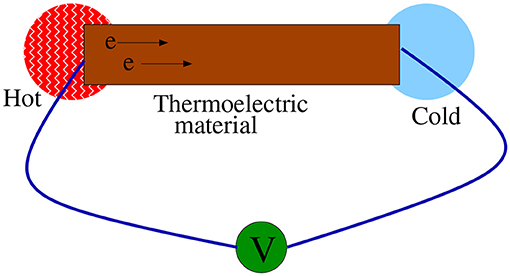
The general problem of how to search efficiently is a challenging one, because on the one hand the searchers typically have a certain degree of "free will" to move and search according to their choice. What is the most efficient strategy for searching randomly located objects whose exact locations are not known a priori? This question has been recently studied by physicists. Finally we survey the explanations put forth to account for these surprising findings. We review recent findings indicating that an inverse square probability density distribution P( ) ~ -2 of step lengths can lead to optimal searches. We illustrate Lévy flight search processes by comparison to Brownian random walks and discuss experimental observations of Lévy ights in the special case of biological organisms that search for food sites.

We apply the theory of random walks to quantitatively describe the general problem of how to search efficiently for randomly located objects that can only be detected in the limited vicinity of a searcher who typically has a finite degree of "free will" to move and search at will.


 0 kommentar(er)
0 kommentar(er)
